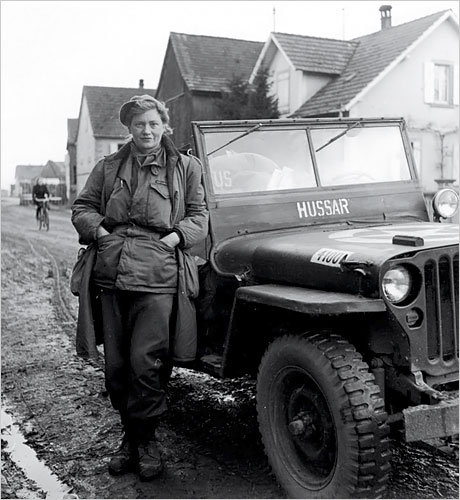
British Vogue photographer Lee Miller smiles in combat fatigues in Alsace 1944. It was said that no soldier could resist a photographer with a fashion model’s striking beauty. The photo was taken by her friend and colleague, Life magazine’s David E. Scherman. [Source: NYT]
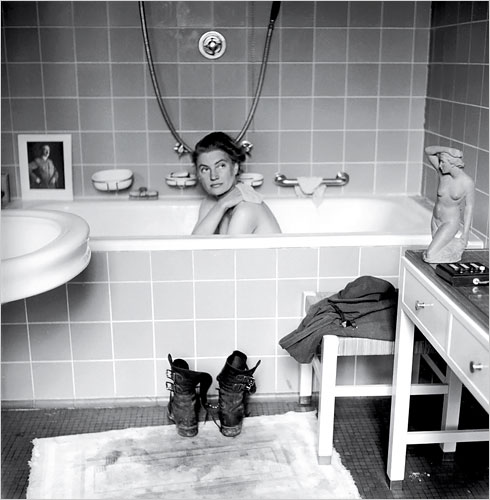
Lee Miller sneaks a bath in Hitler’s apartment after the fall of Berlin, 1945. She later explained blithely, “I had his address in my pocket for years.” [Photo by David E. Scherman; source NYT]
“She got Scherman to photograph her, unclothed, in Hitler’s bath,” writes Lucy Davies in The Telegraph. “Her boots are placed in the foreground, covered in the dust of Dachau, which she had visited the day before. The juxtaposition belonged to that Surrealist universe in which dream and coincidence reign.”
Janine Di Giovanni describes Miller’s war years in a New York Times T magazine feature:
She hit her stride during the war. Her war photography is some of the best I have ever seen. [Her son Anthony] Penrose later published another book, Lee Miller’s War, which shows her pictures of airstrikes, battles, a top-secret napalm strike. But it also has pictures of civilians: women collaborators; a lost child perched on a road sign looking exhausted and terrified; a young German girl soon after her suicide. Along with Scherman, Miller followed the Allied advance through Europe after D-Day, going everywhere, frightened by nothing.
“Her photographs shocked people out of their comfort zone,” said Mark Haworth-Booth, who is the curator of The Art of Lee Miller, a retrospective of her life, which is currently at the Victoria and Albert Museum in London and will be traveling to the Philadelphia Museum of Art in January [2008].
Haworth-Booth added: “She had a chip of ice in her heart. She got very close to things. Margaret Bourke-White was far away from the fighting, but Lee was close. That’s what makes the difference — Lee was prepared to shock.”
She arrived in Paris on the day of liberation and followed the Allies into Germany. After Germany’s surrender, she wrote one of her most passionate articles for Vogue, “Germans Are Like This.” Haworth-Booth said, “She wanted people to see how amazingly a fashion magazine like Vogue could publish something so brutal.” She then headed to Eastern Europe to see the aftermath of war.
Penrose believes that this is possibly when Miller snapped. She was disappointed and angered by what war had done: how it had broken down society. In one notebook, I looked at the notes she wrote to accompany perhaps her most powerful war photo: of a child dying in a hospital in Vienna. The hospital was equipped with everything but badly needed drugs. Miller sat by the bed with a doctor and a nun, helpless as the tiny child faded away. Later, she slashed out the lead to her story for Vogue in the notebook, her pencil marks angry and heavy. Reading her notes, 60 years later, I can still feel how furious, how sad she was.
![gustave_caillebotte_paris_street_rainy_day Gustave Caillebotte. Paris Street, Rainy Day (La Place de l’Europe, temps de pluie). 1877. Oil on canvas. Art Institute of Chicago. [Source: Wikimedia Commons]](../../../../wp-content/uploads/2009/02/gustave_caillebotte_paris_street_rainy_day_1877_wiki.jpg)
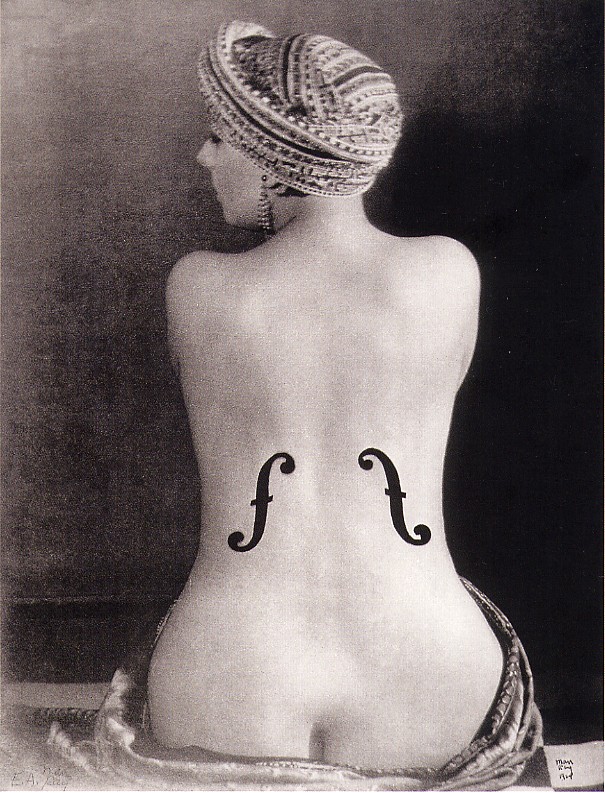 The legendary Kiki of Montparnasse posed for Man Ray’s
The legendary Kiki of Montparnasse posed for Man Ray’s 
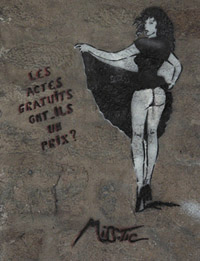
![Fog at Isle Royale [Source: wildmengoneborneo.com] Fog at Isle Royale [Source: wildmengoneborneo.com]](../../../../wp-content/uploads/2008/04/isle_royale_fog.jpg)
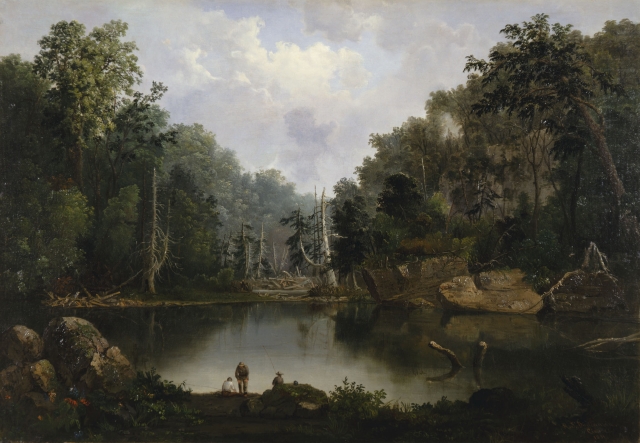
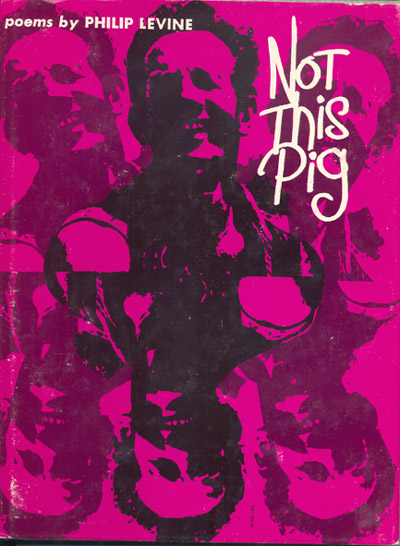 If there is an emerging genetic underclass, I could run for class president or class clown. Read more in
If there is an emerging genetic underclass, I could run for class president or class clown. Read more in 
![grant_wood_parson_weems_fable_200px Grant Wood. Parson Weem’s’ Fable. 1939. Amon Carter Museum, Forth Worth.. Steven Biel describes the painting: “Parson Weems, imitating Charles Willson Peale’s pose in The Artist in His Museum (1822), opens a red velvet curtain on the legendary scene: Augustine Washington, elegant in crimson coat, white ruffle, tan breeches, silver-buckled pumps, and green tricornered hat, grasps in his right hand the slim trunk of the bent cherry tree. A row of cherries dangles from the perfectly rounded treetop, mirroring the very cherry-like fringe of the Parson’s curtain. Augustine’s outstretched left palm and furrowed brow signal a serious inquiry. His son George, boyish in stature and dress—coatless, with sky-blue breeches and petite buckled pumps—is manly in his expression. In fact, his white-wigged head is that of Gilbert Stuart’s portrait and the dollar bill. He points with his right hand to the hatchet in his left. Wood chips lie in the circle of soil at the base of the tree, its lower trunk smoothly incised and poised to split off. In the background, a well-dressed slave couple harvests the fruit of a second tree.” [Alt Text Source: Common-Place/ http://www.common-place.org/vol-06/no-04/biel/ ]](../../../../wp-content/uploads/2011/08/grant_wood_parson_weems_fable_200px.jpg)
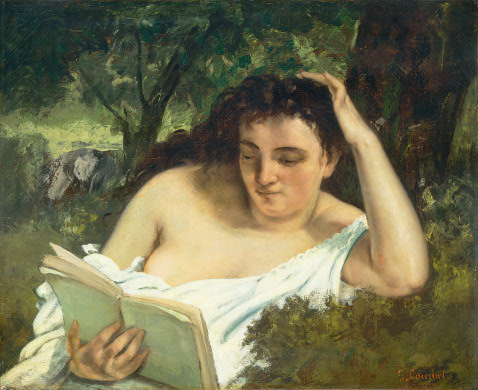

Pingback: Happy Valentine’s Day, everyone. - Photography
Pingback: Lee Miller: Surrealist Muse - a blind flaneur
Pingback: Lee Miller: Surrealist Muse | a blind flaneur